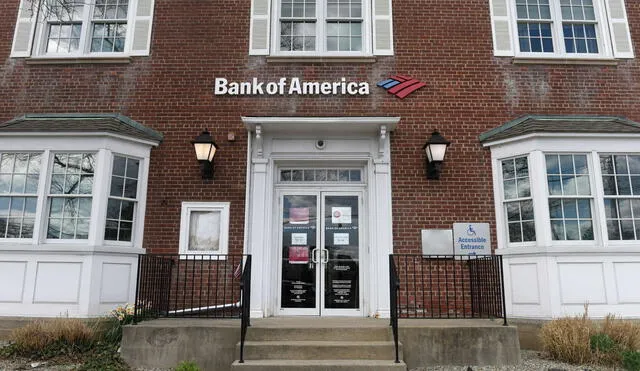Bank of America to close multiple branches across the U.S. amid digital banking shift
Bank of America has announced the closure of multiple branches across the U.S., including locations in California, Texas, and Florida. This move aligns with the growing shift toward digital banking and aims to optimize operational resources.

As digital banking continues to rise, Bank of America has announced the closure of several branches across the United States. This decision will impact customers in states such as California, Texas, Florida, Illinois, and Washington, among others. With more clients opting for online and mobile banking, the financial institution is restructuring its physical presence to align with changing consumer behaviors.
The Office of the Comptroller of the Currency (OCC) has confirmed that Bank of America has provided a 90-day notice for these closures, allowing customers to make necessary adjustments. While this move is aimed at optimizing resources and responding to market trends, it also presents challenges for individuals who rely on in-person banking, especially in areas with limited internet access or for customers unfamiliar with digital banking tools.

Ex-Bank of America employees allege 'extreme pressure' to sell credit cards. Photo: American Banker.
States and branches affected
Several locations are set to close in the coming months, including:
- California: 6905 Capistrano Avenue, Atascadero; 2101 West 6th Street, Los Angeles.
- Texas: 6401 N.W. Loop 410, San Antonio; 1515 S.W. Loop 410, San Antonio.
- Florida: 3010 Cypress Gardens Road, Winter Haven.
- Illinois: 3210 W IL Route 60, Mundelein; 240 N Randall Rd., Lake in the Hills.
- Washington: 1600 Riddell Road, N.E., Bremerton; 14440 124th Avenue NE, Kirkland; 1201 Madison Street, Seattle.
Other closures were scheduled to take place between November 2024 and January 2025, according to OCC reports. The full list of affected locations is available in the OCC’s weekly bulletins.
Which ar the reasons behind the closures?
The primary reason for this restructuring is the shift in customer preferences toward digital banking. According to Bank of America representatives, 90% of its clients interact with the bank through digital channels, while only 10% use in-person or phone services. This trend has prompted the institution to reevaluate the profitability and necessity of maintaining certain physical branches.
Additionally, maintaining a physical branch comes with significant costs, reaching up to $2.6 million per year. By shutting down less-frequented locations, Bank of America aims to optimize resources and enhance digital banking platforms, ensuring a more efficient and secure customer experience.

Bank of America is closing CT branches, but is staying in state. Photo: CT Insider.
Impact on customers and available alternatives
While the transition to digital banking offers greater convenience for many users, it also poses challenges for individuals who prefer or rely on in-person services. Rural communities or areas with limited internet access may be particularly affected by these closures. To mitigate the impact, Bank of America has expanded its ATM network and improved online banking services, enabling customers to perform a wide range of transactions without visiting a physical branch.
Additionally, the bank is investing in modernizing its existing financial centers and plans to open more than 165 new branches by the end of 2026, focusing on strategic areas where demand for in-person services remains high. Customers affected by the current closures will receive advance notifications and guidance on how to continue managing their banking needs through available channels.













